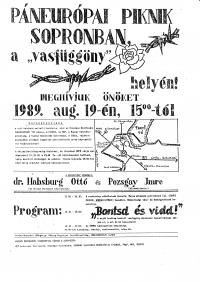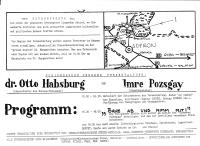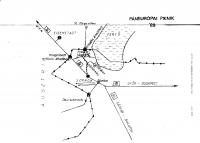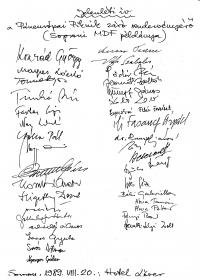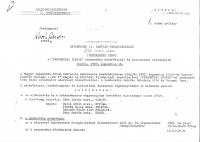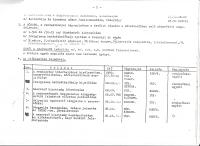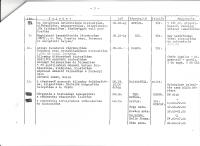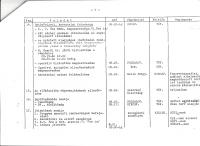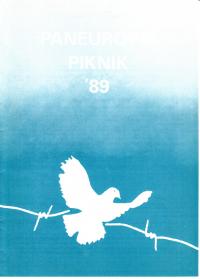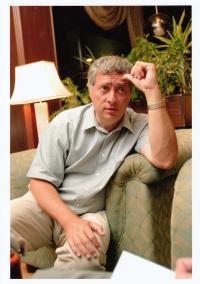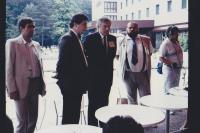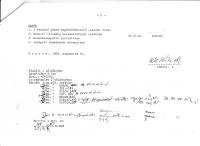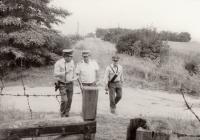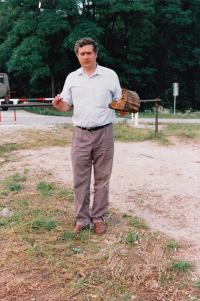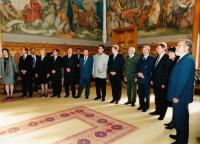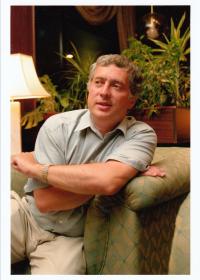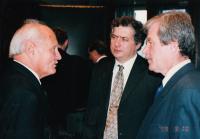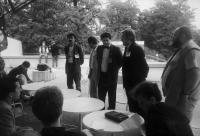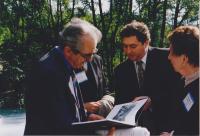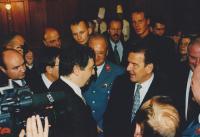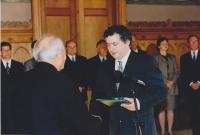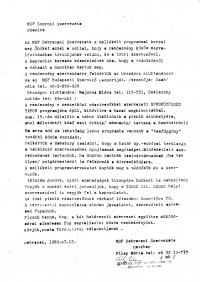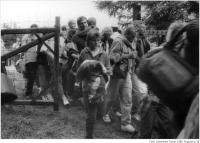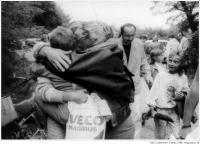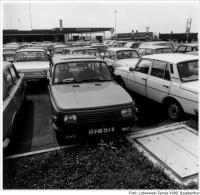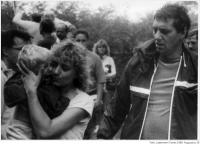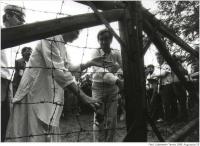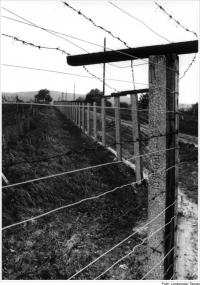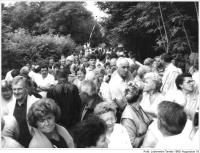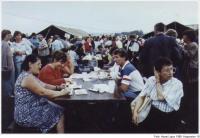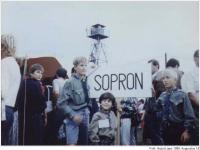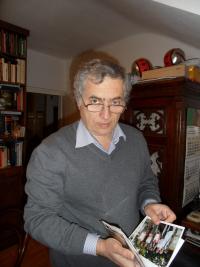It was one of the greatest moments of my life!
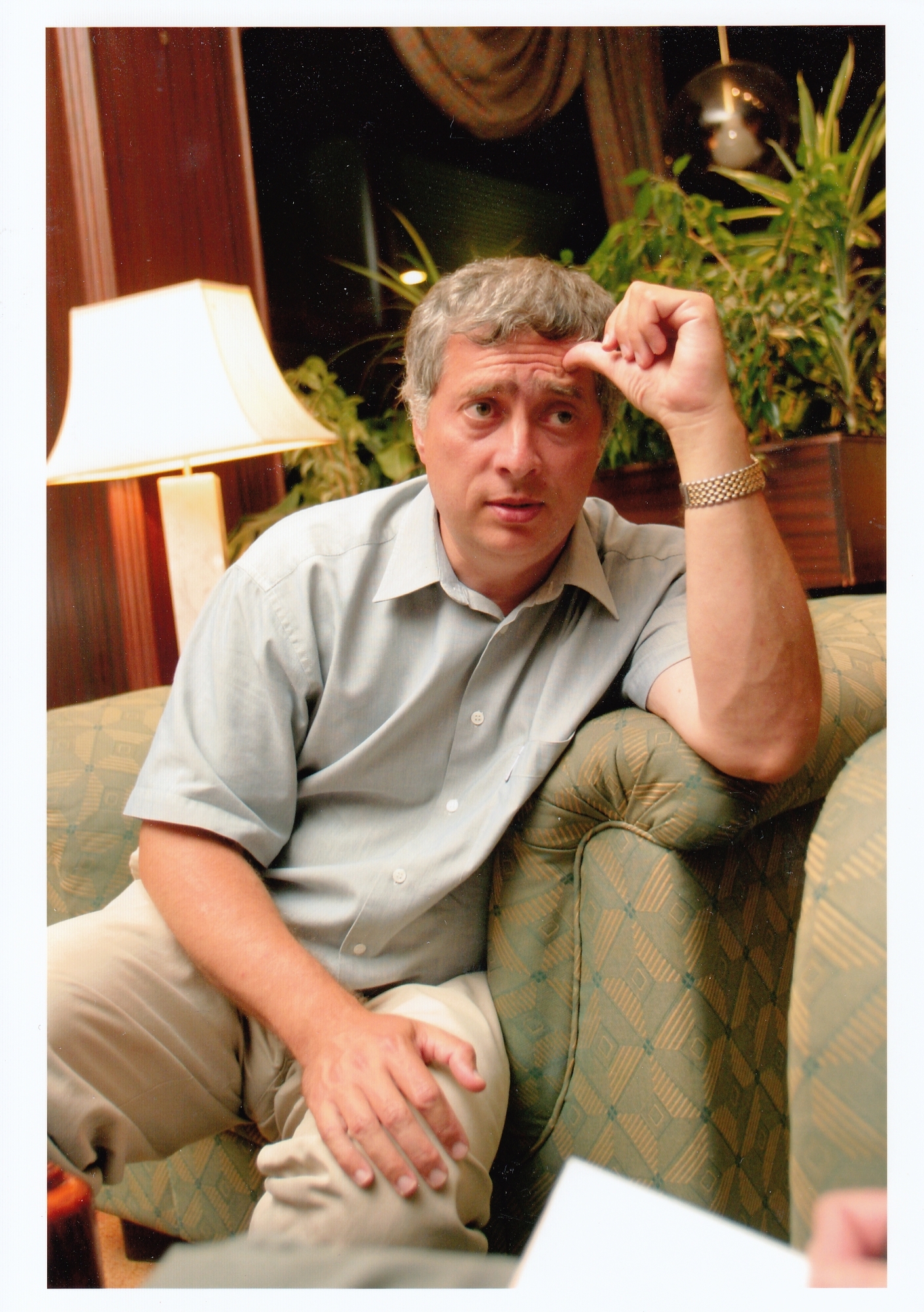
Download image
László Nagy was born to conservative, religious parents in 1957. His father was a forest engineer, while his mother took care of their three children. The family moved to Sopron in 1960. They lived in Nigeria between 1970 and 1977. László did his secondary school leaving exam in Germany and then continued his studies at the Technical University of Budapest. He is a founder of the 405 circle, which invited politicians and public figures (several representatives of the opposition among them) to the university. He got his degree in chemical engineering in 1982. Subsequently, he and his family moved back to Sopron. They had three children. László worked in the Sopron Carpet Factory and earned a degree in textile engineering. At the end of the 1980s he joined the local opposition group in Sopron and became one of the organisers of the Pan-European Picnic (19 August, 1989). Up until 1996 he had been politically active and a member of the Hungarian Democratic Forum’s executive committee. Since 1990 onwards he has been the Hungarian representative of various foreign companies and the managing director of the Viva la Musica Art Agency. He was awarded the Knight’s Cross of the Order of Merit of the Hungarian Republic in 1999.
